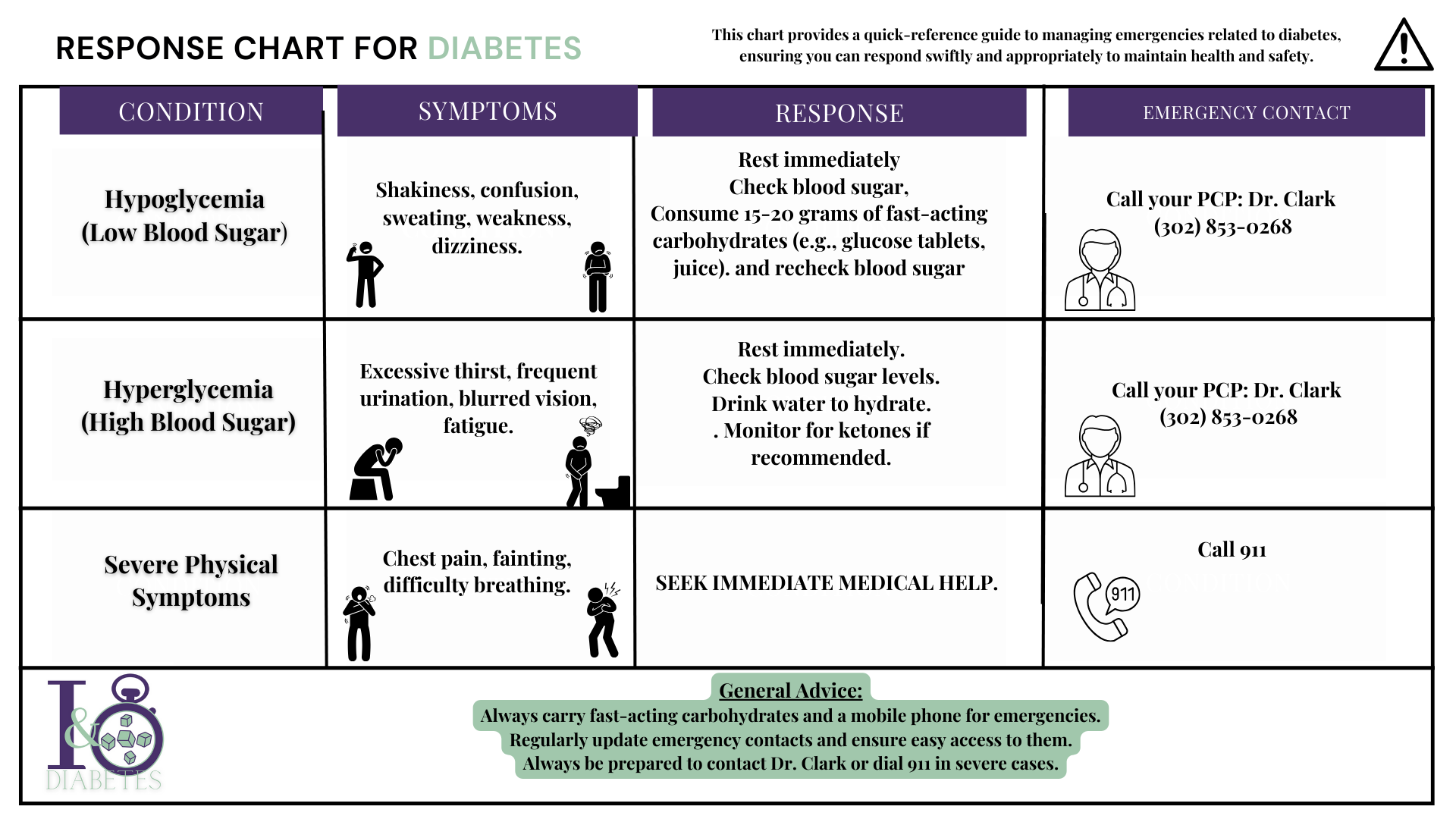
Week 3:
Getting Active with Diabetes
Welcome to Week 3 of our A1c Challenge, dedicated to understanding the crucial role of physical activity in managing diabetes. Engaging in regular exercise not only helps stabilize blood sugar levels but also enhances heart health, boosts mood, and elevates your overall quality of life. This week of our challenge is designed to provide you with all the information and resources you need to integrate effective physical activity into your diabetes management plan.
Exercise and Blood Sugar Control:
Exercise plays a vital role in managing diabetes by improving the body’s use of insulin. Physical activity helps muscle cells to use glucose more effectively, lowering blood sugar levels during and even several hours after exercise. Regular movement also helps to decrease insulin resistance, a hallmark of type 2 diabetes. This means that the body can use insulin more efficiently, maintaining blood sugar at healthier levels.
Overall Benefits of Physical Activity:
Engaging in regular exercise can:
Enhance the cardiovascular system, improving blood flow and heart health.
Aid in weight management by burning calories and building muscle, which is metabolically more active than fat.
Improve overall energy levels and stamina, allowing for better daily functioning and quality of life.
Reduce stress and enhance mood through the release of endorphins, often referred to as the body’s natural "feel-good" hormones.
Why Exercise Matters:
Improving Insulin Sensitivity: Regular physical activity enhances insulin sensitivity, allowing muscles to use glucose more efficiently as energy. This can reduce blood sugar levels and potentially decrease the need for insulin or other diabetes medications.
Aiding in Weight Management: Exercise plays a critical role in maintaining a healthy weight, crucial for managing diabetes. It burns excess calories and fat, improving metabolic health and aiding in blood sugar control.
Reducing Cardiovascular Risk: Diabetes increases the risk of heart problems like coronary artery disease and stroke. Regular exercise strengthens the heart and improves circulation, thereby reducing these risks.
Enhancing Overall Well-being: Physical activity benefits mental health by reducing anxiety and depression, improving sleep, and boosting mood. Achieving exercise goals also builds confidence and motivation
Types of Exercise:
For individuals managing diabetes, engaging in a variety of exercises can help maximize health benefits. Here's a breakdown of the primary types of activities recommended:
Aerobic Exercise: Activities like walking, cycling, and swimming are great for heart health and lowering blood sugar levels. Aim for at least 150 minutes of moderate-intensity aerobic exercise each week.
Resistance Training: Building muscle through the use of free weights, resistance bands, or bodyweight exercises helps burn glucose more efficiently. Try to include strength training at least twice a week.
Flexibility Exercises: Yoga and stretching not only improve flexibility but also reduce stress and can indirectly lower blood sugar levels. Incorporate these exercises 2-3 times a week to boost muscle relaxation and circulation.

Recipe of the Week:
Greek Yogurt Berry Parfaits
These Greek Yogurt Berry Parfaits are a refreshing and healthy dessert option perfect for managing diabetes. Combining the creamy texture of Greek yogurt with the natural sweetness of berries, these parfaits are both satisfying and beneficial for maintaining stable blood sugar levels.
Getting active is a key component of diabetes management. By understanding and implementing the right types of exercises, you can enjoy a healthier, more vibrant lifestyle. Every step you take brings you closer to achieving your health goals. Let’s keep moving forward together!
Reflection Question:
How will you integrate these physical activities into your daily routine to improve your diabetes management?





